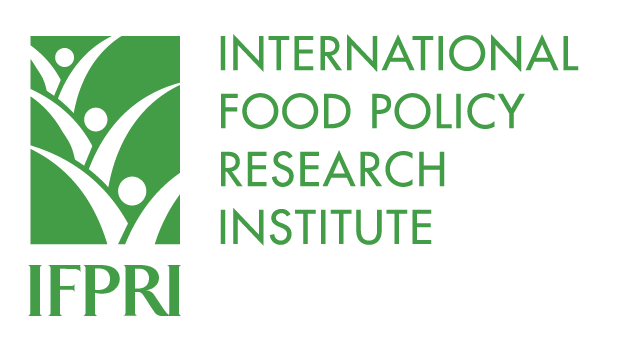Harnessing diversity within aquatic food systems is key to food and nutrition security
- From
-
Published on
27.09.21
- Impact Area

Around the world, small-scale fisheries and aquaculture have an outsized impact on human health and the economy. Although smaller than industrial operations when considered separately, they produce the majority of aquatic foods intended for human consumption and land over half of the world’s fish catch. The diversity of people, production and harvesting methods, processing pathways and trade corridors are integral to food and nutrition security, but their contributions are often undervalued in research and policy.
Related news
-

KOICA, UPLB, IRRI Partnership Establishes a Genomic Powerhouse to Future-Proof Agriculture
International Rice Research Institute (IRRI)01.07.25-
Food security
LOS BAÑOS, Philippines (26 June 2026) — KOICA, UPLB, and IRRI came together to showcase…
Read more -
-

A Quest for Market- and Farmer-Aligned Rice Varieties in Mozambique
International Rice Research Institute (IRRI)01.07.25-
Food security
Quelimane, Mozambique (11 June 2025) — Mozambique is taking steps toward a more market-responsive …
Read more -
-

Sudan’s prolonged conflict could slash GDP by over 40% and push millions deeper into poverty, new IFPRI study warns
International Food Policy Research Institute (IFPRI)30.06.25-
Food security
Press Release - June 30, 2025 A new study by researchers at the International Food Policy Research…
Read more -
